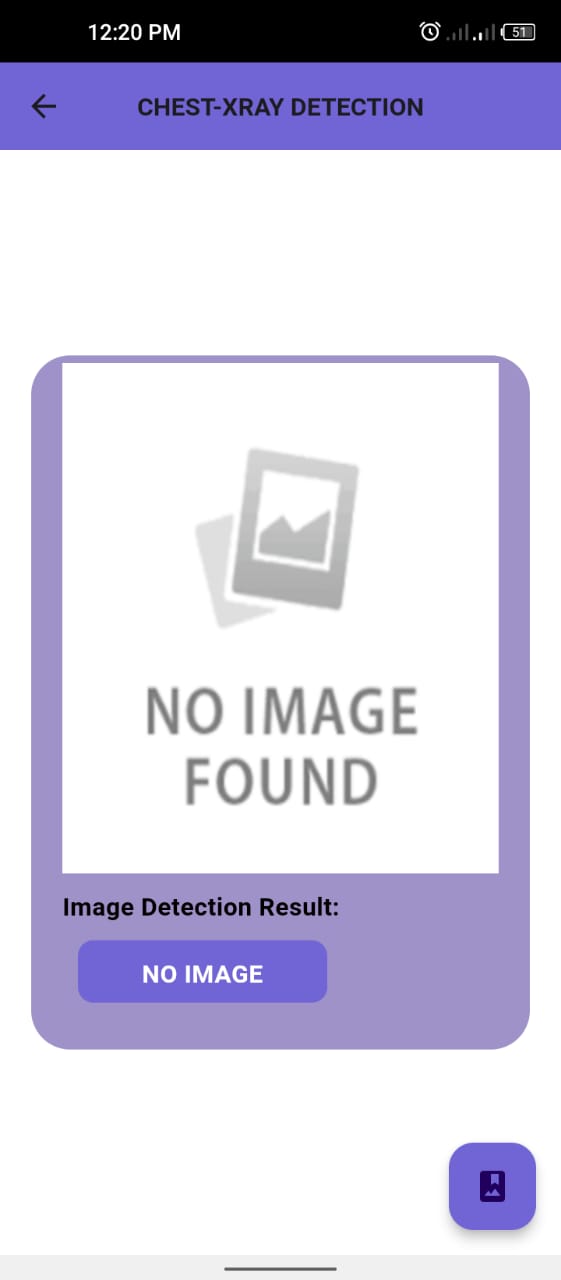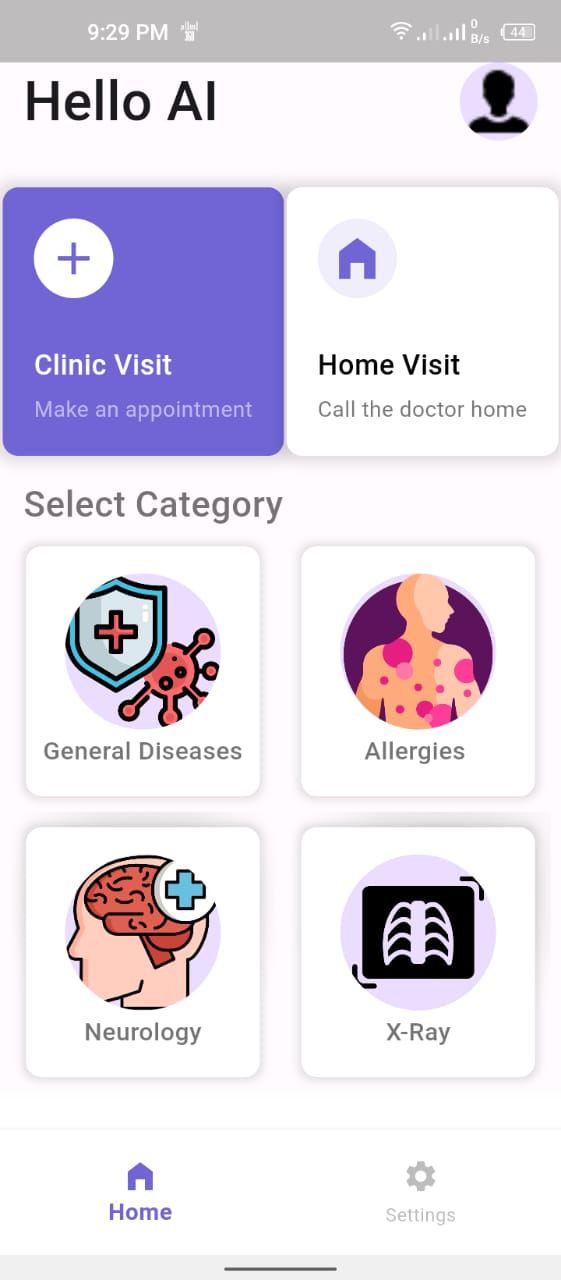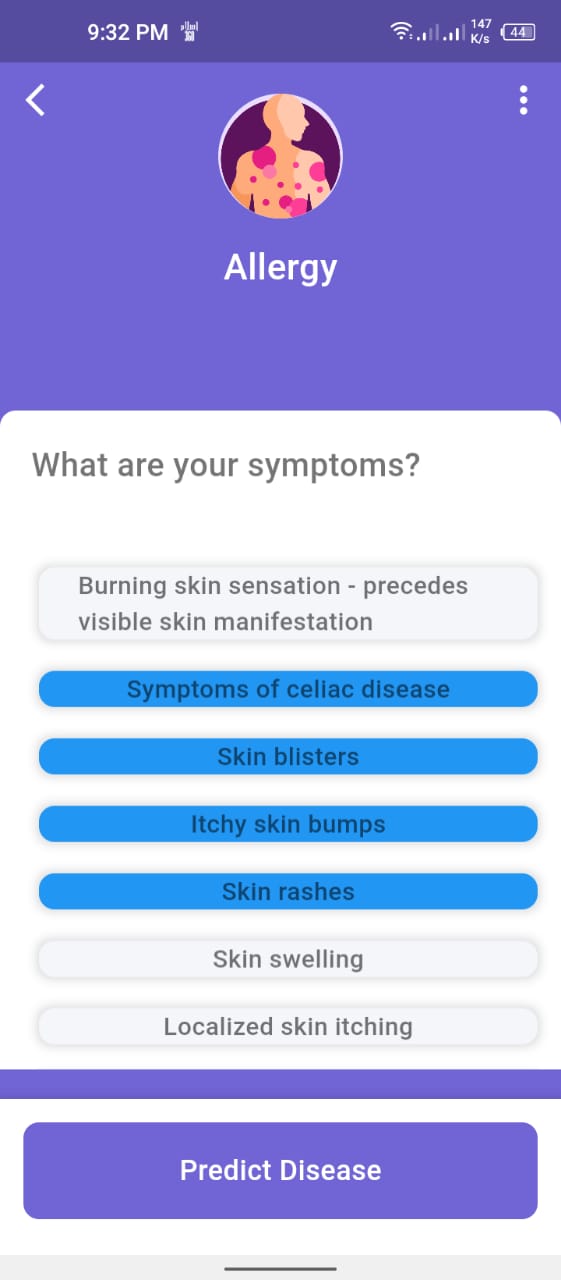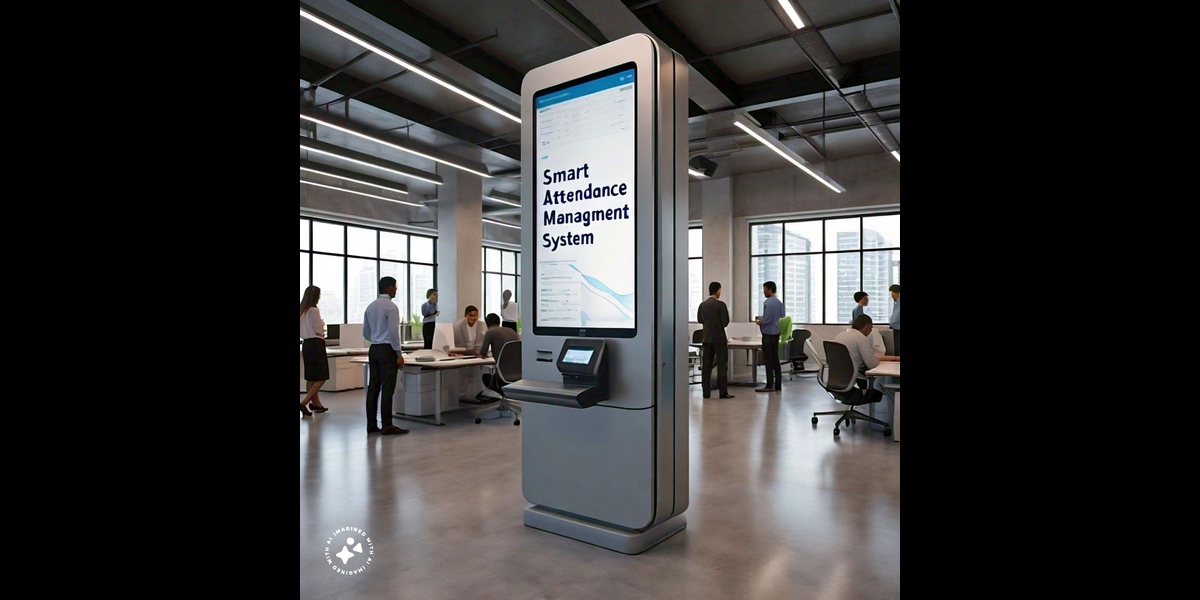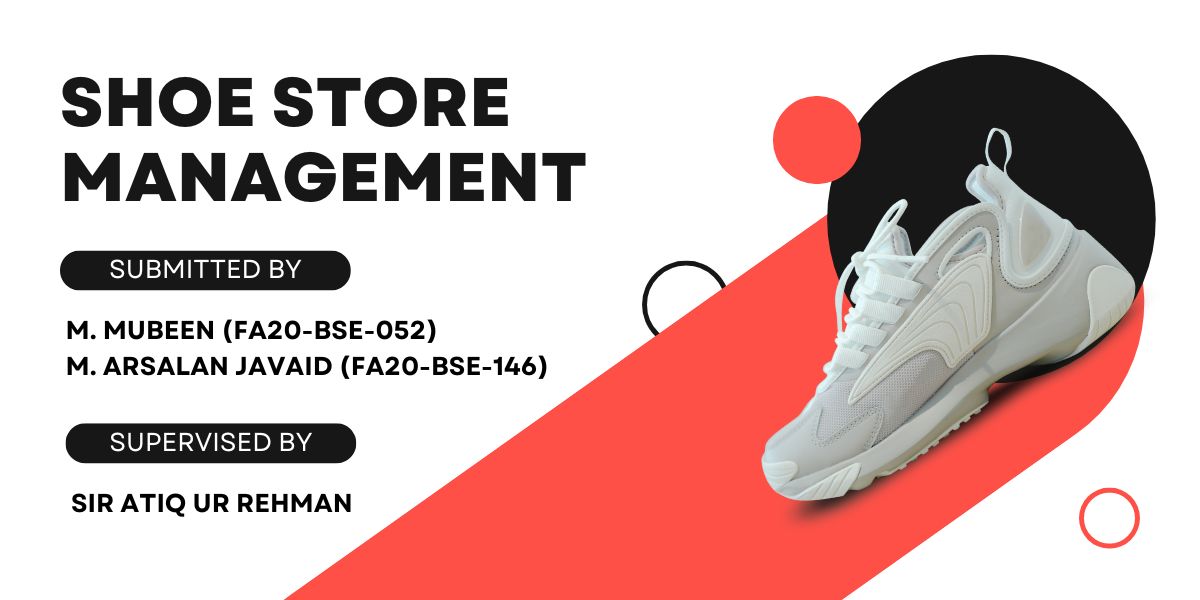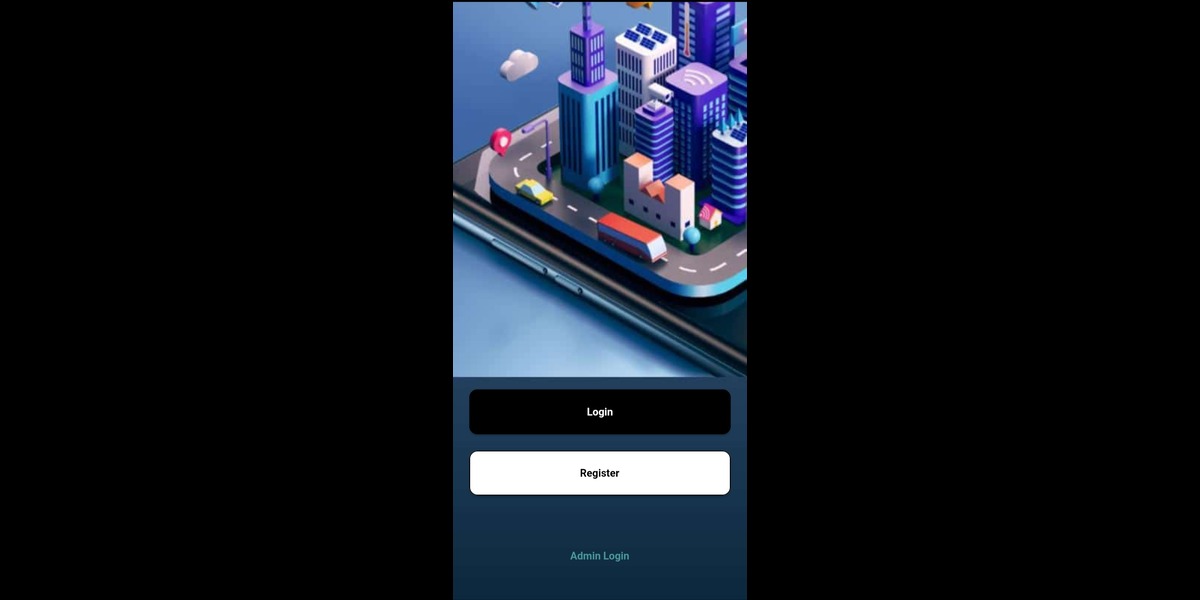This project builds a mobile AI diagnosis app for patients to input symptoms and get predictions for allergies, general illness, neurology, and even X-ray analysis. It aims to empower faster and more accurate diagnoses for healthcare professionals.
Objectives
Objectives of the AI-powered Medical Diagnosis App:
Enhance Diagnostic Efficiency: Allow patients to quickly input symptoms and receive preliminary disease predictions across various categories.
Improve Diagnostic Accuracy: Utilize AI algorithms to analyze user data and predict potential diagnoses in faster and more precise decision-making.
Expand Diagnostic Scope: Include X-ray analysis through image upload, potentially identifying issues beyond just user-reported symptoms.
Support Treatment Planning (Optional): While the primary focus is diagnosis, some apps might aim to offer basic treatment plan suggestions based on the predicted conditions. (Note: This functionality would likely require significant additional development and regulatory considerations.)
These objectives work together to streamline the diagnostic process, potentially leading to improved patient outcomes and a more efficient healthcare system
Socio-Economic Benefit
Project Socio-economic Benefits of AI-powered Medical Diagnosis App
This project explores the potential social and economic benefits associated with developing and deploying an AI-powered medical diagnosis app. Here's a breakdown of some key areas of impact:
Social Benefits:
Improved Public Health: Faster and more accurate diagnoses can lead to earlier interventions and improved treatment outcomes, ultimately contributing to better overall public health.
Enhanced Patient Empowerment: The app can empower patients by providing them with a tool to understand their symptoms and potentially seek medical attention sooner.
Increased Access to Care: The app can offer a more accessible way to receive preliminary diagnoses, particularly in remote areas or for individuals with limited resources.
Reduced Patient Anxiety: Preliminary diagnoses can help alleviate patient anxiety by providing potential explanations for symptoms.
Economic Benefits:
Healthcare Cost Savings: Faster diagnoses and interventions can potentially lead to reduced healthcare costs due to shorter hospital stays and earlier treatment of chronic conditions.
Increased Healthcare Efficiency: The app can streamline the diagnostic process for healthcare professionals, allowing them to see more patients and potentially reduce wait times.
Improved Resource Allocation: More accurate diagnoses can help healthcare systems allocate resources more effectively, focusing on patients with the most critical needs.
Methodologies
The development of an AI-powered medical diagnosis app likely utilizes a combination of project methodologies to ensure a successful outcome. Here are some potential approaches that could be used:
Agile Development: This iterative approach emphasizes flexibility and continuous improvement. The app's functionalities can be developed and tested in short cycles, allowing for user feedback and adjustments throughout the process.
Machine Learning (ML) Project Lifecycle: This structured approach focuses on data collection, exploration, model development, training, evaluation, and deployment. It ensures the AI component of the app is built and refined with robust data and rigorous testing.
User-Centered Design (UCD): This methodology prioritizes user needs and feedback throughout the development process. UCD techniques like user interviews and usability testing can be used to create an intuitive and user-friendly interface for both patients and healthcare professionals.
The specific methodologies used will depend on the development team's preferences and the project's overall scope. However, by combining these approaches, the project can achieve a balance of user-friendliness, robust functionality, and secure data handling.
Outcome
The anticipated outcomes of the AI-powered medical diagnosis app project can be categorized into two main areas:
1. Enhanced Diagnostic Process:
Faster Preliminary Diagnoses: Patients can receive initial disease predictions across various categories (allergies, general illness, neurology, X-ray analysis) through symptom input and image upload.
Improved Diagnostic Accuracy: AI algorithms analyze user data to predict potential diagnoses, aiding healthcare professionals in making faster and more precise decisions.
Expanded Diagnostic Scope: X-ray analysis functionality helps identify potential issues beyond just user-reported symptoms.
2. Streamlined Healthcare Delivery:
Increased Patient Empowerment: Patients gain a tool to understand symptoms and potentially seek medical attention sooner.
Reduced Patient Wait Times: Streamlined diagnostics by the app can potentially lead to shorter wait times for patients seeking definitive diagnoses from healthcare professionals.
Improved Healthcare Efficiency: The app can free up healthcare professionals' time for more complex cases, potentially increasing the number of patients they can see.
Potential for Reduced Healthcare Costs: Faster diagnoses and interventions might lead to lower overall healthcare costs due to shorter hospital stays and earlier treatment of chronic conditions. (This outcome depends on various factors beyond the app itself.)
These project outcomes aim to contribute to a more efficient, accessible, and informative healthcare system for both patients and medical professionals. While the app focuses on preliminary diagnoses, it has the potential to empower patients, improve diagnostic accuracy, and streamline healthcare delivery.

